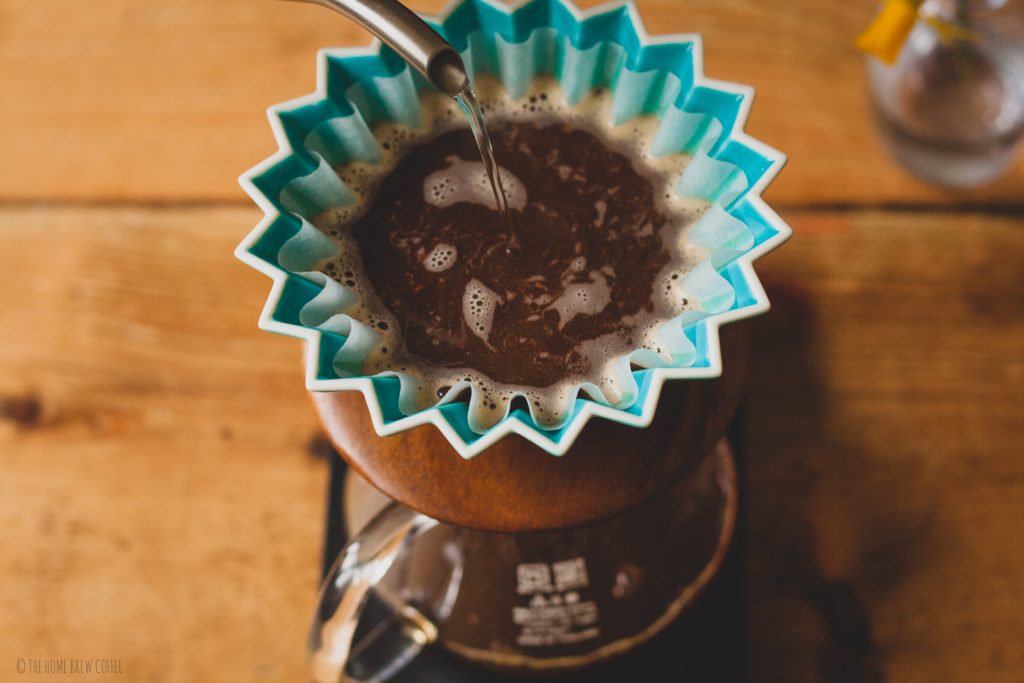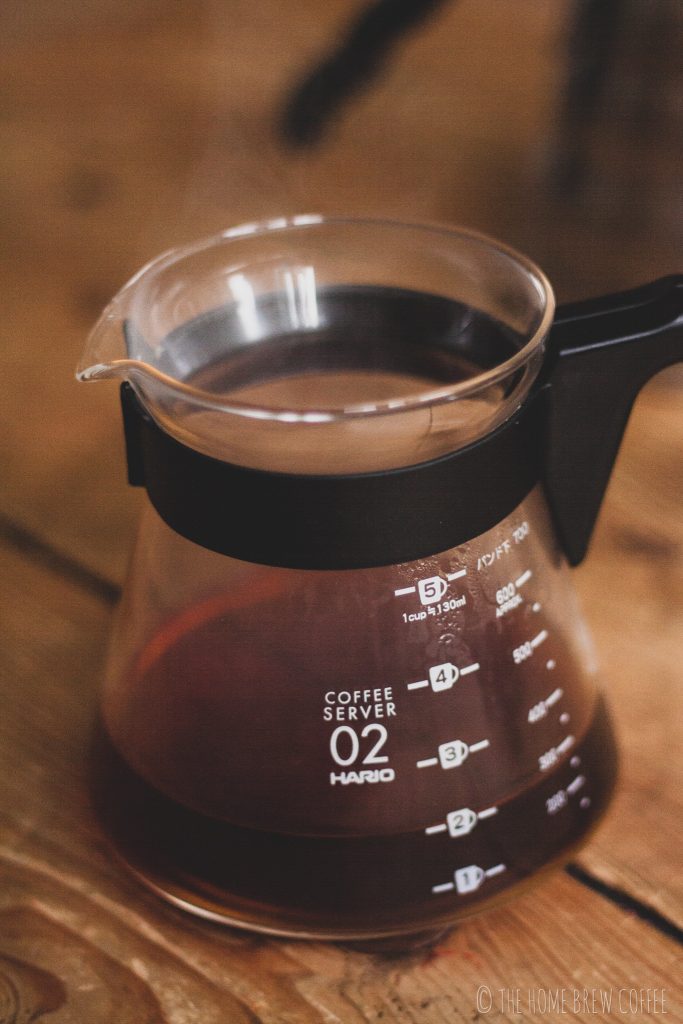In this article we will be focusing on some mistakes to avoid even before you start brewing a pour over. These are very simple mistakes that are mostly made when you are a beginner but can make a huge difference to your overall brew.
People close to me will testify that I drink a lot of coffee. But before they could set up a ‘intervention’ they probably realised that I have been functioning fine. I have been brewing a pour over anywhere from 2 to 4 times a day. Occasionally, I will switch up it up with the Aeropress or Moka Pot. But the V60 or Origami Dripper is what I am frequently using. So naturally my pour-over method has gradually improved.
Now looking back at my last V60 post last year (link to that post here), I realised I have moved away from certain beginner mistakes or things that I have noticed others do. So I think this post is perfect to help someone who is looking to get into brewing pour-over at home. Also, these mistakes apply to all filter brewers including the V60, Chemex, Kalita Wave and the Origami Dripper.
So let’s get into 5 beginner pour-over mistakes to avoid before you start brewing.
1. Not rinsing your filter paper
Maybe this is an obvious one but surprisingly there are plenty of people who don’t rinse the filter paper before brewing. The main purpose behind this is to get rid of the papery taste and odour from the filter paper which can otherwise get mixed into your coffee. This is obviously not desirable because you just want to taste the natural coffee flavour.
Maybe I ate some paper as a kid but I always remember the taste and smell of it. It’s not a awful taste but it really sticks out. I also once bought cheap aeropress filter papers and the taste it made with the coffee was murky and horrible. The bottom line is that you don’t want any of the paper taste and smell mixed in the coffee.
Rinsing the filter papers with hot water also helps with warming up the dripper and the carafe. This means the temperature stays consistent in the dripper when brewing. Furthermore, heating up the carafe allows your coffee to stay warmer for longer. So rinsing your filter paper and coffee brewer is just a good practice and convenient all around.
2. Not using scales
One thing I think I can never do is brew a pour over without some sort of scales (preferably digital scales). To make consistent brews and to improve your methods you need to ensure you know the exact amount of coffee and water you are putting in.
I have spoken to people who don’t use scales or think it’s absurd, which is absurd in itself. My advice for anyone making coffee is to use the same approach as a baker. Imagine telling a baker they don’t need scales to measure the ingredients. If that was the case then we would probably would not have had The Great British Bake Off!
The big problem with pour-over coffee is that there is little margin for error. Then, even when you think you did everything right, the coffee still might not taste right, either from being to bitter or too weak. Scales will help with that. Eye-balling is easy and seems dangerously fun but it’s not going to get you consistency or quality.

3. Not timing your brews
Similar to using scales, timing your brews is highly recommended. So you should always set a timer before you start brewing either by using a timer on your scales or on your phone. This will help with two things. Firstly, it will help you know when pour your water at set times during the brew. Secondly, you can keep track on the overall brew time which can help you improve the your methods and get consistent results. Especially if you are finding your coffee is tasting different every time you brew. Brewing times can be impacted by so many things from the filter paper, the dripper, certain types of coffee and your pouring speed and technique.
For example, let’s say you are brewing for a single cup or two and it took 4 minutes to brew. But the coffee ends up tasting too strong or bitter. Now the 4 minute brew time is potentially suggesting grind size being too fine or that coffee itself is producing slow filtration. One solution would be then to grind coarser so the brew time is less then 4 minutes. The other thing to do is to stop the brewing process earlier maybe at the 3 minute mark. This just means taking the dripper off the carafe so you avoid the last bit of coffee going through which can lead to bitterness. So focusing on the brew time can help you identify potential issues and gives your more control to your overall brew.
This is just one example of many where knowing your brew times can help you improve. The good thing is the only right answer is how the coffee tastes. So you can take whatever approach with timing your brews if that means a methodical approach or just casual keeping a eye everytime you brew. But you should really set up a timer when you start brewing as it will help you a lot down the line.
4. Not using soft water
Ensuring you use soft water when brewing a pour-over is easily the most important thing to making tasty coffee. The main reason is general tap water in the UK contains lots of minerals like magnesium and calcium. This is picked up en route from where the water is supplied from to your kitchen tap. This hard water builds up limescale when heated up, just think of the limescale you see built up in kettles after time. Hard water is also to going mask out the coffee flavours when you brew and you will be left with an unpleasant brewed coffee. It’s even more obvious when you are making a filter coffee. Unfortunately, living in an area where the water is classified as soft still does not mean that it will taste good either.
The quickest solution to all this is to use a water filter. However, before you go and buy a Britta filter pitcher from an online retailer like Amazon, you should still check what your water hardness level is in your area and what it contains. I live in the West Midlands and bought an affordable table pitcher which filters heavy metals, micro-plastics and fluoride.
I know I can probably getter better tasting water but that will require looking into other water purifying solutions. For the time being it works and if you just do a little research then a water filter pitcher will help you make better tasting coffee.
5. Not using freshly ground coffee
This one you might have heard of but it’s still a important reminder. If you want to taste coffee at its best in terms of full flavour and freshness then grind your coffee beans right before you start to brew.
So the reason why we do this is because all the coffee flavours and aromas starts to rapidly deteriorate after its been ground. This is because at this point, the oxidation process has started and the coffee releases the flavour and aroma compounds due to its exposure to air. That’s why you might love the smell of the coffee fill the room when you grind it.
Now this does not mean the coffee will taste of nothing after 30 minutes. I used to grind coffee in the morning and take it into the office. At times, I would have that coffee 5 or 6 hours after its been ground and it tasted fine. Maybe not at its peak but still fine to drink. I have also had coffee 24 hours or more after its been ground and then you can tell it has gotten somewhat stale but still drinkable. It also depends on the coffee too at that point.
But when you brewing a pour-over which you would generally at home then it’s quite natural to grind your coffee before you brew. I know it might be a little work if you have a handheld grinder but there is no excuse if you have a electric coffee grinder. But if its not already a habit then make a habit of grinding coffee before you brew your coffee.
Conclusion
So there you go a 5 mistakes to avoid before you even start brewing a pour over. These are especially important if you looking to buy a pour over or have recently bought one. You can go through a lot of trial and error when you start brewing a pour over. I know this from experience. But there is nothing more satisfying when you make a delicious cup of coffee from a pour over. So avoiding these mistakes is a good place to start.

